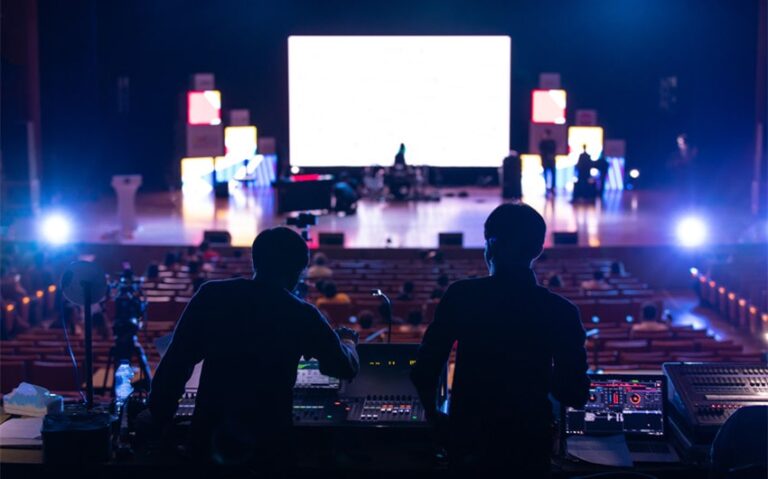Why Are LEGOs So Expensive (And Weirdly Worth It?)
I didn’t mean to fall down a LEGO rabbit hole. All I wanted was a small set to tinker with on a slow afternoon. Something nostalgic, something cheap. But three clicks later, I was staring at a $79 price tag for a modest Star Wars kit and questioning every decision I’d made. When did LEGOs become a luxury item? And more importantly—why do I still kind of want them?
Sticker Shock in the Toy Aisle
The first time I wandered down the LEGO aisle as an adult, I felt like I’d accidentally stumbled into the wine section. Everything looked beautiful, refined, and way more expensive than I remembered. Sets I’d built as a kid for under $20 now hovered around $60 or more. I found one themed set with over 3,000 pieces that cost nearly as much as a new phone. At first, I thought maybe inflation had gone feral. But the more I looked into it, the more I realized that LEGO pricing isn’t just about bricks—it’s about a whole ecosystem.
Inflation plays a role, sure—but not as big a one as you’d expect. LEGO sets have increased in price faster than general inflation, especially over the last decade. Part of this is driven by shifting target demographics. More adults are buying LEGO sets than ever before, thanks to nostalgia, stress relief, and a desire for screen-free hobbies. LEGO knows this, and they’ve leaned into it with advanced kits, collectible sets, and limited runs—each carrying a premium price tag.
Even the packaging has changed. The minimalist black boxes for adult sets look more like boutique tech products than toys. It’s not just a toy aisle anymore—it’s a luxury aisle disguised as fun. And that sticker shock? It’s designed to be shocking. Because LEGO knows if you’re still considering the set after seeing the price, there’s a good chance you’re hooked.
It’s Not Just Plastic
At first glance, paying a small fortune for little bits of molded plastic seems absurd. But that’s the thing—these aren’t just any plastic bits. LEGO uses a high-quality, proprietary material called ABS (Acrylonitrile Butadiene Styrene), which is durable, safe, and resistant to wear. The tolerances in LEGO manufacturing are insanely precise—so precise that two bricks from different decades still fit together perfectly. The color consistency, clutch power (yes, that’s a real term), and lack of warping all add up to a product that actually earns its premium feel.
To understand why this matters, consider knockoff brands. They look similar, but the pieces don’t always fit snugly. The colors are slightly off, the clutch isn’t as satisfying, and the structural integrity is often questionable. You might get a set that looks like LEGO, but it won’t feel like LEGO. That tactile quality—the satisfying click, the smooth finish, the perfect fit—isn’t just aesthetic. It’s engineered precision. And it’s one of the reasons LEGO has survived and thrived for over 90 years while competitors have come and gone.
That engineering extends to sustainability efforts, too. LEGO has invested hundreds of millions into eco-friendly bricks, plant-based plastics, and closed-loop recycling systems. These R&D investments don’t show up on the box, but they’re baked into the price. You’re not just paying for plastic. You’re paying for a promise of quality, consistency, and innovation.
The Licensing Game
Speaking of licenses—let’s talk about the Death Star in the room. Star Wars, Marvel, Harry Potter, Minecraft, Lord of the Rings—many of the most popular LEGO sets are based on beloved franchises. And licenses aren’t free. When you buy a LEGO Millennium Falcon, part of that price goes to Disney. That cost gets passed to us, the brick-hungry fans.
But it’s not just the cost of the license itself. These sets often require more complex designs to stay true to the source material. That means more unique molds, more specialized parts, and often more intricate instructions. Creating an authentic-looking Batmobile or Hogwarts Castle isn’t just slapping together standard bricks—it’s a process involving 3D modeling, prototype testing, and often direct collaboration with the license holder. That level of detail doesn’t come cheap.
Interestingly, these sets often become gateway products for adult fans. You may not care about a LEGO treehouse, but you’ll probably pay attention to a sleek, black Tumbler Batmobile. LEGO knows this and designs accordingly. The cost isn’t just about access to intellectual property—it’s about selling you an experience that blends nostalgia, fandom, and high-end design. And when it works, it really works.
The Collector Effect
Here’s where things get weird: LEGO isn’t just a toy company. It’s a collectibles empire. Some retired sets resell for triple or quadruple their original value. There are whole online communities devoted to LEGO investment (yes, really). People track prices, buy unopened sets, and treat boxes of bricks like they’re rare Pokémon cards. It’s wild—but it also explains why demand keeps growing, even as prices do too.
The idea of LEGO as an asset class might sound absurd, but the numbers back it up. Some sets appreciate in value faster than gold or real estate. Scarcity plays a huge role—once a set is retired, it becomes instantly desirable. The aftermarket is a beast of its own, with niche auction sites, resale platforms, and even grading services popping up to validate and trade pristine sets. For some, it’s a hobby. For others, it’s a business.
And this phenomenon creates a strange psychological effect: FOMO. Fear of missing out. Even casual buyers start thinking twice before skipping a set. What if it’s gone next month? What if the price doubles? This sense of urgency nudges people to buy sooner and spend more. And that urgency keeps the cycle going strong.
Creativity Has a Price Tag
The last time I bought a set, I spent over an hour putting together a tiny Japanese bookstore. And I loved every minute of it. The click of the pieces, the gentle satisfaction of seeing a shape emerge from chaos—it felt like meditation. I’d forgotten how good that feeling was. And maybe that’s the real answer to the pricing question: it’s not just about the product. It’s about the experience.
LEGO sits in a strange and beautiful space between instruction and imagination. You can follow every step and get exactly what’s on the box. Or you can throw away the manual and build something wild and weird. There aren’t many toys that do both this well. That creative flexibility is powerful, especially for adults who spend most of their lives following rules and deadlines. LEGO gives you a system—and total freedom within it.
And let’s not forget the mental health side of things. There’s growing research showing that activities like building with LEGO can reduce anxiety, increase focus, and even help with burnout recovery. It’s tactile, repetitive, and grounding. Kind of like therapy, except you get a spaceship or modular hotel at the end. That therapeutic value might be intangible, but for me, it makes the price feel justifiable. I’m not just buying bricks. I’m buying calm.
Final Thoughts from the LEGO Aisle
I still flinch at the price tags. I probably always will. But I also understand them now. LEGO isn’t just about bricks—it’s about design, licensing, experience, nostalgia, and the strange economics of adult fandom. Is it expensive? Yes. Is it too expensive? Maybe. But every time I snap those pieces together, I remember why I keep coming back.
In a world increasingly shaped by screens and passivity, LEGO offers a rare tactile joy. It reminds me that making things with my hands is still worthwhile. That simple moments of creativity can be deeply fulfilling. That play doesn’t have to end when childhood does.
So yeah, I’ll keep buying LEGOs. Slowly, selectively, and sometimes grudgingly. Because even though they cost a small fortune, they build something I didn’t realize I missed—a quiet joy in making things for no other reason than because I can.






